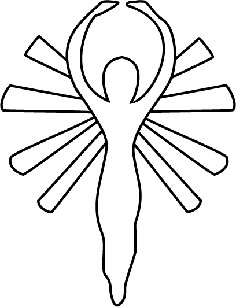In 1982 Project Mayday, a group concerned with women's issuers, undertook a survey of the communities along the North Shore of Lake Superior to determine the extent of wife abuse and family violence. Their findings were alarming. As many as one in ten women had, at some time, experienced abuse. These alarming figures corresponded to similar reports from surveys conducted across the country.
Project Mayday went on to determine what facilities were available to the victims of family violence. It was found that few resources were accessible to women in isolated communities. Project Mayday identified the need to provide safe shelter for battered women and their children, as the first step in helping the victims.
In the summer of 1983, Project Mayday brought their findings before the Councils of the four communities, Marathon, Manitouwadge, Terrace Bay and Schreiber. Their proposal called for the establishment of a safe shelter and counseling for battered women.
With the support and guidance from the Ministry of Community and Social Services, a plan was formulated to provide a centrally located, shared facility. This facility was to accommodate both women and their children from the four communities as well as the unorganized area of Rossport and the First Nation communities now know as Netmizaaggamig Nishnaabeg, Biigtigong Nishnaabeg and Pawgwasheeng.
In October of 1985, a Board of Directors was established having equal membership from each community. The Board's function was to administrate the facility and its associated support services. In November 1985, with capital monies from M.C.S.S., construction of the Family Resource Center commenced.
The shelter Lake Superior Northshore Family Resource Centre opened it's doors May 30th, 1986.
In 1991, the Board of Directors and Staff decided to hold joint planning meetings to discuss the recognition of five years of operations. Ideas on Public Relations and education were discussed. The idea to rename the facility and design a logo became the focus. After a series of meetings, a resolution came forward in October 1991, that the present name Lake Superior Northshore Family Resource Centre become Marjorie House.
Marjorie House was named after survivor who lived in shelter. Marjorie not only enriched her own life through personal growth, she gave it new meaning. In that journey to freedom from abuse, she inspired those she encountered along the way with her warmth, and caring personality. She was able to experience long deserved independence and peace before her death. It was unanimous to rename the shelter in her memory.
The logo was designed by a staff member. It was unanimous choice of all the submissions. Somewhat of an angelic figure, the figure represents Marjorie, who in turn represents all women in their journey from an abusive situation. The arms which are in a circular fashion above her head indicates the protection of sanity and identity, both are needed in the process of healing. The rays symbolize the warmth that is given and needed during a difficult time. They can also be seen as wings, which represent freedom and independence that a woman may take with her when she leaves the shelter.

